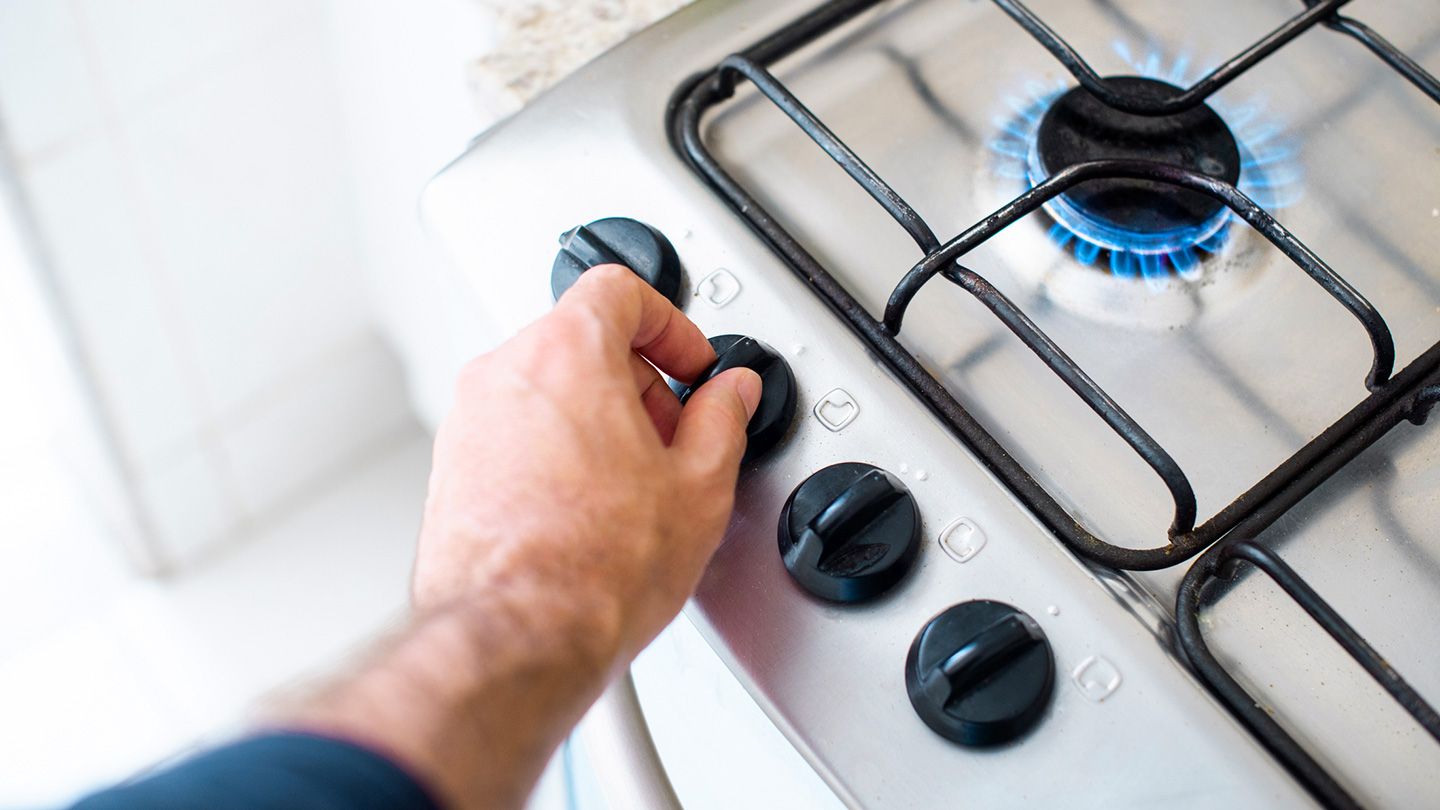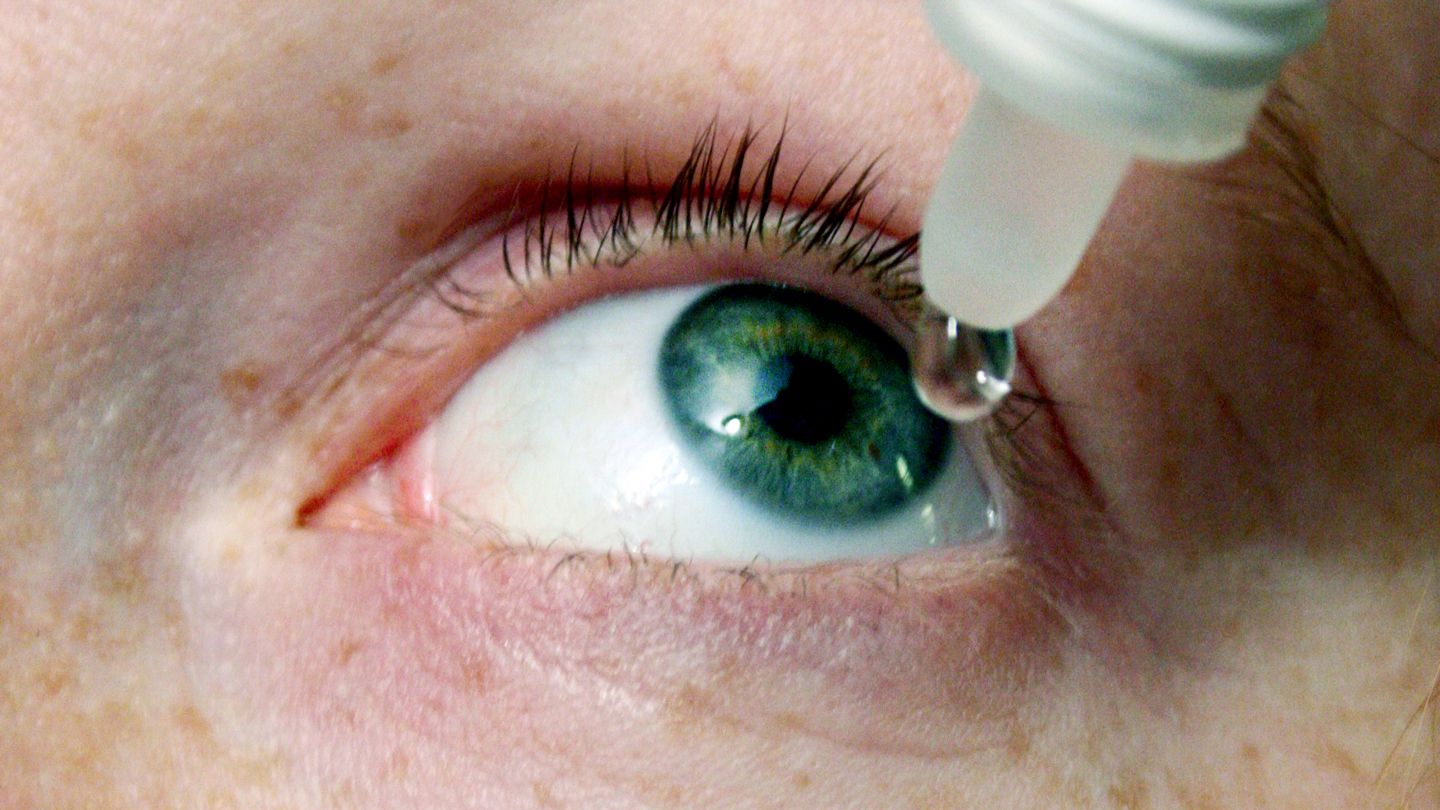Research Links Gas Stoves With Childhood Asthma
The topic came to the forefront with federal regulators after a study published in mid-December in the International Journal of Environmental Research and Public Health found that about one in eight cases of asthma in U.S. children “is attributable to gas stove use.”
Study authors based their findings on an analysis of 27 health-related research reports concerning gas cooking and children. They stressed, however, that their investigation did not establish a cause-and-effect relationship between gas stoves and childhood asthma.
“Our research is based on decades of research that show an association between gas stoves and childhood asthma,” says the lead study author Talor Gruenwald, a research associate currently with the nonprofit Rewiring America. “We want to raise awareness that there are alternatives to gas cooking that we think are better, more efficient, and most importantly eliminate the risk of childhood asthma.”
Gruenwald notes that even by his research team’s most conservative estimates, 6.3 percent of childhood asthma may be attributable to gas stoves.
With the researchers estimating gas stoves to be in more than a third of homes nationwide (or about 40 million households), that translates into hundreds of thousands of children at risk for asthma.
How Do Gas Stoves Cause Asthma?
The prime asthma-inducing culprit generated by gas stoves is nitrogen dioxide (NO2). Last year, researchers at Stanford University found that during the course of normal use, gas stoves emit nitrogen dioxide at levels that would be considered illegal outdoors according to standards set by the U.S. Environmental Protection Agency.
“Nitrogen dioxide is a respiratory tract irritant that has been associated with respiratory symptoms in children and adults, as well as asthma diagnosis and asthma symptoms,” says Christy Sadreameli, MD, an assistant professor of pediatrics at the Johns Hopkins University School of Medicine in Baltimore.
Additionally, scientists at Harvard found that gas stoves emit a variety of hazardous compounds including benzene, a known carcinogen.
How to Reduce the Health Risks of Gas Stoves
Parents wanting to reduce the potential risk of gas stoves might want to look into replacing their models with electric or induction stoves, or even just portable, plug-in induction cooktops, says Dr. Sadreameli, who was not involved in the study.
She recognizes that not everyone may be able or ready to make such an adjustment. “In those cases, opening a window, even for just a few minutes, can help,” she says. “Running a ventilation hood or fan, and cooking more on the back burners instead of the front, are also advised,” she adds. “Unfortunately ventilation hoods don’t always cut down on NO2, and in some cases they recirculate it through the house.”
Gruenwald adds that the recently enacted Inflation Reduction Act provides incentives that make induction ranges competitive with gas stoves in price.
What Are the Most Common Causes of Asthma?
Because the study is based on data from previous studies, researchers cannot say with certainty that gas stove exposure causes asthma.
The American Lung Association says that the most common risk factors for asthma are having a parent with asthma, experiencing a severe respiratory infection as a child, living with an allergic condition, or being exposed to certain chemical irritants or industrial dusts in the workplace.




